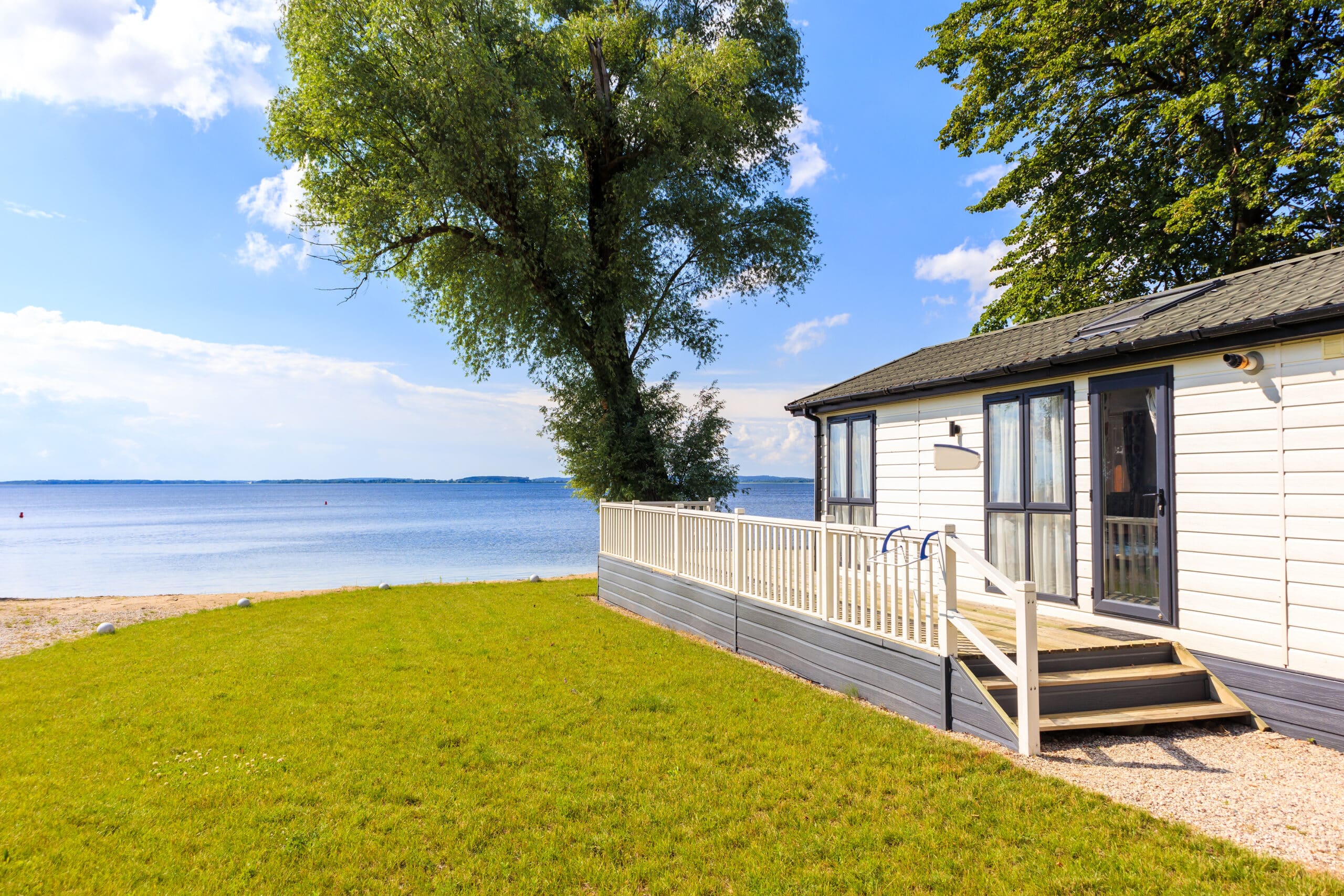Living by the beach is a dream come true for many, offering serene views, tranquil sounds of the waves, and a daily connection to nature. However, owning a beach house also comes with its unique set of challenges, one of the most significant being the risk of flooding. Whether it’s due to a hurricane, tropical storm, or an unexpected high tide, knowing how to handle a flood is crucial for beach property owners.
Flooding can cause extensive damage to your home and belongings, and the aftermath can be overwhelming. The purpose of this article is to provide you with a step-by-step guide on what to do if your beach house floods. From ensuring your safety and assessing the damage to contacting your insurance company and starting the cleanup process, we’ve got you covered. We’ll also offer tips on preventing mold growth and planning for the future to minimize the impact of any potential floods.
By following this guide, you can navigate the difficult situation with confidence and ensure that your beach house is restored to its former glory as quickly and efficiently as possible. Let’s dive in and explore the essential steps you need to take when dealing with a flooded beach house.
1. Ensure Safety First
- Evacuate Immediately: If flooding is severe, prioritize the safety of everyone in the house.
- Turn Off Utilities: Shut off electricity, gas, and water to prevent further hazards.
- Wear Protective Gear: Use waterproof boots, gloves, and a mask to protect against contaminated water and debris.
2. Assess the Damage
- Wait Until Safe to Return: Only return to the property when authorities have declared it safe.
- Document the Damage: Take photos and videos of the affected areas for insurance purposes.
- Check Structural Integrity: Look for signs of structural damage like cracks in the foundation, walls, and floors.
3. Contact Your Insurance Company
- Report the Flood: Contact your insurance company as soon as possible to report the damage.
- Understand Your Coverage: Review your policy to know what is covered and what isn’t.
- Arrange an Adjuster Visit: Schedule a visit from an insurance adjuster to assess the damage.
4. Start the Cleanup Process
- Remove Standing Water: Use pumps or wet vacuums to remove standing water.
- Dry Out the Property: Use fans, dehumidifiers, and open windows to dry out the house.
- Clean and Disinfect: Thoroughly clean and disinfect all affected areas to prevent mold and mildew growth.
- Dispose of Damaged Items: Remove and discard items that cannot be salvaged, such as carpets, furniture, and drywall.
5. Prevent Mold Growth
- Act Quickly: Mold can start growing within 24-48 hours, so act fast to dry out the area.
- Use Mold-Resistant Products: Consider using mold-resistant drywall and paint during repairs.
- Hire Professionals: If mold growth is extensive, hire a professional mold remediation service.
6. Repair and Restore
- Hire a Contractor: Work with a reputable contractor to repair and restore your beach house.
- Prioritize Repairs: Focus on structural repairs first, followed by cosmetic repairs.
- Use Flood-Resistant Materials: When rebuilding, consider using materials that are more resistant to water damage.
7. Plan for the Future
- Install Flood Barriers: Consider installing flood barriers or sandbags to protect your property in the future.
- Elevate Utilities: Elevate electrical systems, appliances, and HVAC units to reduce future flood damage.
- Develop an Emergency Plan: Create a comprehensive emergency plan for future flooding events.

